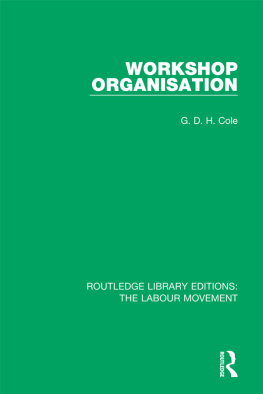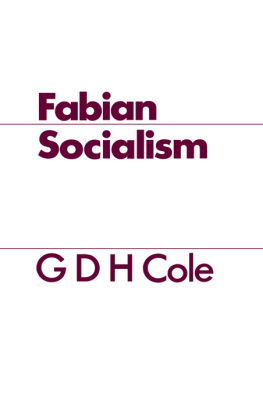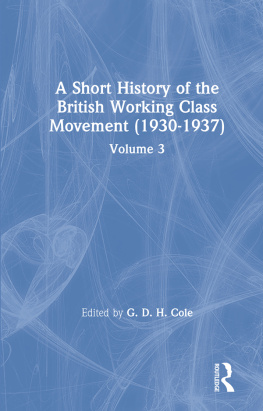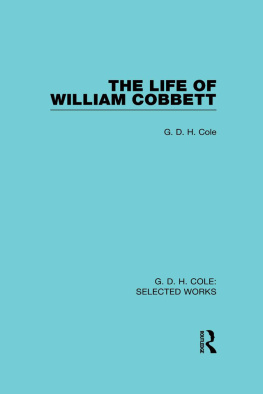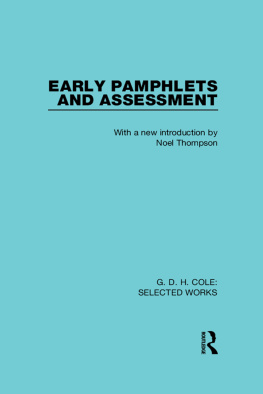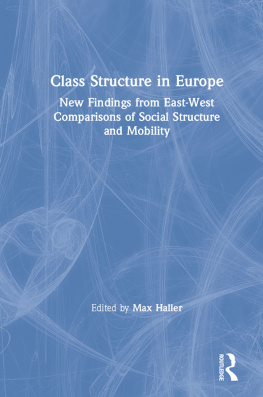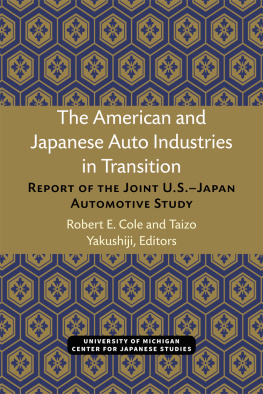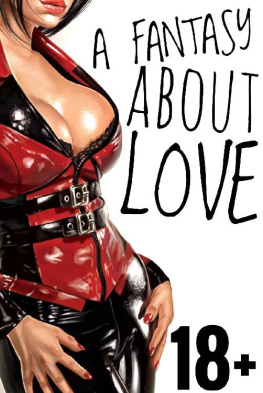The International Library of Sociology
STUDIES IN CLASS STRUCTURE
Founded by KARL MANNHEIM
The International Library of Sociology
RACE, CLASS AND SOCIAL STRUCTURE
In 21 Volumes
| I | The Changing Social Structure in England and Wales | Marsh |
| II | Class in American Society | Reissman |
| III | Class Structure in the Social Consciousness | Ossowski |
| IV | Co-operative Communities at Work | Infield |
| V | Co-operative Living in Palestine | Infield |
| VI | Colour and Culture in South Africa | Patterson |
| VII | The Deprived and the Privileged | Spinley |
| VIII | The First Years of Yangyi Commune | Crook |
| IX | The Functions of Social Conflict | Coser |
| X | The Home and Social Status | Chapman |
| XI | The Marginal Situation | Dickie-Clark |
| XII | Negroes in Britain | Little |
| XIII | Neighbours | Bracey |
| XIV | The People of Ship Street | Kerr |
| XV | Social Class, Language and Education | Lawton |
| XVI | Social Mobility in Britain | Glass |
| XVII | The Sociology of Colonies - Part One | Maunier |
| XVIII | The Sociology of Colonies - Part Two | Maunier |
| XIX | Stevenage | Orlans |
| XX | Studies in Class Structure | Cole |
| XXI | Working Class Community | Jackson |
STUDIES IN CLASS STRUCTURE
by
G. D. H. COLE
First published in 1955 by
Routledge
Reprinted 1998, 2000 by
Routledge
2 Park Square, Milton Park, Abingdon, Oxon, OX14 4RN
Transferred to Digital Printing 2007
Routledge is an imprint of the Taylor & Francis Group
1955 G. D. H. Cole
All rights reserved. No part of this book may be reprinted or reproduced or utilized in any form or by any electronic, mechanical, or other means, now known or hereafter invented, including photocopying and recording, or in any information storage or retrieval system, without permission in writing from the publishers.
The publishers have made every effort to contact authors/copyright holders of the works reprinted in The International Library of Sociology. This has not been possible in every case, however, and we would welcome correspondence from those individuals/companies we have been unable to trace.
British Library Cataloguing in Publication Data
A CIP catalogue record for this book is available from the British Library
Studies in Class Structure
ISBN 0-415-17638-7
Class, Race and Social Structure: 21 Volumes
ISBN 0-415-17826-6
The International Library of Sociology: 274 Volumes
ISBN 0-415-17838-X
Publishers Note
The publisher has gone to great lengths to ensure the quality of this reprint but points out that some imperfections in the original may be apparent
Preface
O F the six studies which make up this volume, four have been published previouslytwo in English and two in French. (I) Introductory is new. (II) The Influence of Technological Changes on the Development of Class Structure in the Western World appeared in French in the Belgian periodical Industrie in April, 1953. It has not been published until now in English. (Ill) The Social Structure of England appeared in two articles in History To-day in February and March, 1951, but has been revised for publication in this volume. (IV) The Conception of the Middle Classes was originally read as a paper at the Anglo-French Historical Congress held at All Souls College, Oxford, in September, 1949, and was subsequently printed in the British Journal of Sociology in December, 1950. (V) lites in British Society was originally written as a contribution to a projected volume, to be published in French, dealing with the nature of lites in various European societies; but through a chapter of accidents this volume has not yet appeared, and the essay is now published for the first time. Finally, (VI) British Class Structure in 1951 was published in French in Cahiers Internationaux de Sociologie in its double issue of January to June, 1954, but is here published for the first time in English. To the editors of the periodicals concerned I make due acknowledgement for their consent to my use of these articles, which were from the first intended to form parts of a collected volume of studies.
G. D. H. COLE
All Souls College, Oxford
April 1955.
Contents
I
Introductory
A LL the studies included in this volume are concerned with class structure. They describe or analyse the class composition of Great Britain and of other Western Societies from a variety of points of view, and at different stages of development; and they are concerned largely, but by no means exclusively, with the economic aspects of class. They have not, however, been written on the basis of any dogmatic theory: they do not propound any infallible criterion for defining classes or for declaring to what class this or that individual should be assigned. It is indeed my considered view that no such single criterion exists and that the very notion of class, as distinguished from that of caste or legally recognized estate, is imprecise. Classes, at any rate as they exist in Western countries to-day and as they have existed in the West for a long time past, are not sharply definable groups whose precise numbers can be determined by gathering in enough information about every individual. They are rather aggregations of persons round a number of central nuclei, in such a way that it can be said with confidence of those nearer each centre that they are members of a particular class, but that those further from a centre can be assigned to the class it represents only with increasing uncertainty. Moreover, an individual can be within the sphere of more than one class at the same moment, so that he cannot be assigned wholly to one class; and there exist individuals who can hardly be assigned to any class, even in the most tentative way. It does not follow, because societies have classes within them, that every person attached to them must be assignable to a class. Nor does it follow, though it is often assumed, that the classes which exist in any given society can be realistically arranged in a simple hierarchy of superior and inferior, each class standing above or below the next. Evidently the notion of higher and lower holds an important place in that of class differentiation; but it does not stand alone. Account has also to be taken of the notion of social functionof what a person does as well as of what he isand the relations between these two aspects are highly complex. In some societies what a person does, or is expected to do, is mainly derived from what he is, or is supposed to be. In others what he is, or is supposed to be, depends mainly on what he actually does. In a structure of closed orders, or estates, occupation is determined or limited by the personal or family status into which the individual is born. In a fully open society, if such a society existed, class would depend on occupation and achievementunless indeed, in such a society, the notion of class ceased to be entertained at all. There are some sociologists who deny that class exists, save as a vanishing relic of the past, in the Soviet Union. There are others who deny that it exists, as a significant phenomenon, in the United States. Both these denials provoke lively counter-assertions. Communism, it is argued, far from abolishing classes, has introduced a new class structure in place of the old: American capitalism, it is argued, rests on a system of class exploitation within which wealth has largely ousted other criteria of class. It seems clear that the makers of these conflicting judgments must attach different meanings to the word. What are these meanings; and, if we can discover what they are, can we find any valid ground for regarding one meaning as correct, or as more correct than others?





